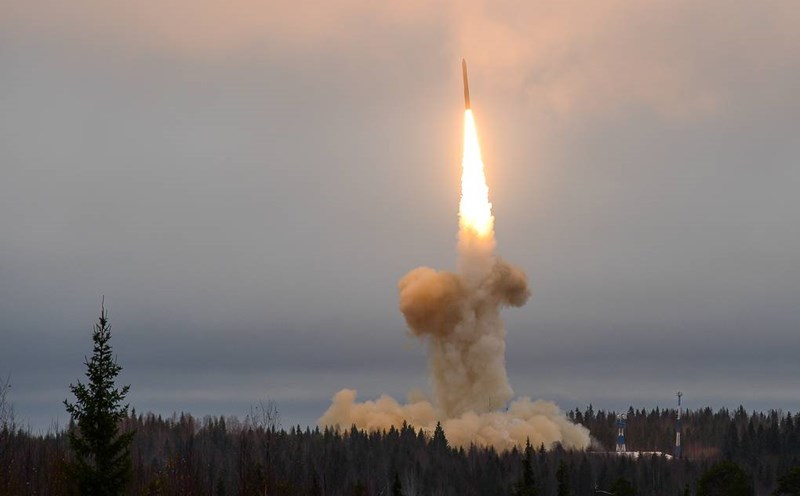Accordingly, cages must be made from high-quality materials such as HDPE, FRP... with durability and flexibility, antioxidants, anti-acid - alkaline, anti-collision, ensuring safety for farmed aquatic products, not causing environmental pollution and maintaining aesthetics.
The cage system must withstand the minimum wind speed of 6-7 (38 - 61km/h), waves 2 - 4m high, the flow rate of 0.5 - 1m/s and be easy to install in the farming area.
Vehicles, engines, and machinery must be safe, and no fuel leaks into the environment.
Tools and equipment used in the farming process must be convenient for cleaning and disinfection; the dining, resting and living area on the raft must be clean, with a separate toilet and waste treatment system.
The warehouse containing materials, chemicals, feed, etc. must have a roof, cool air, and at least 0.3m from the wall to avoid directly affecting the farming area.
People are encouraged to use industrial foods with high protein content, gradually limiting the use of fresh food to reduce environmental pollution.
The regulation also clearly states requirements for disease prevention, use of drugs - chemicals, treatment of waste, dead aquatic products, storage of farming records and installation of surveillance cameras on cages.
The conversion of cages is carried out according to the roadmap: By the end of 2025, 10% of cages will be completed; in the 2026 - 2027 period, it will reach 50%; in the 2028 - 2029 period, all remaining cages will be converted.
Khanh Hoa Provincial People's Committee assigned Cam Ranh coastal communes to develop a plan to relocate cages to the planning area; at the same time, coordinate inspection, supervision, propaganda, and mobilization of people to strictly comply with regulations.











